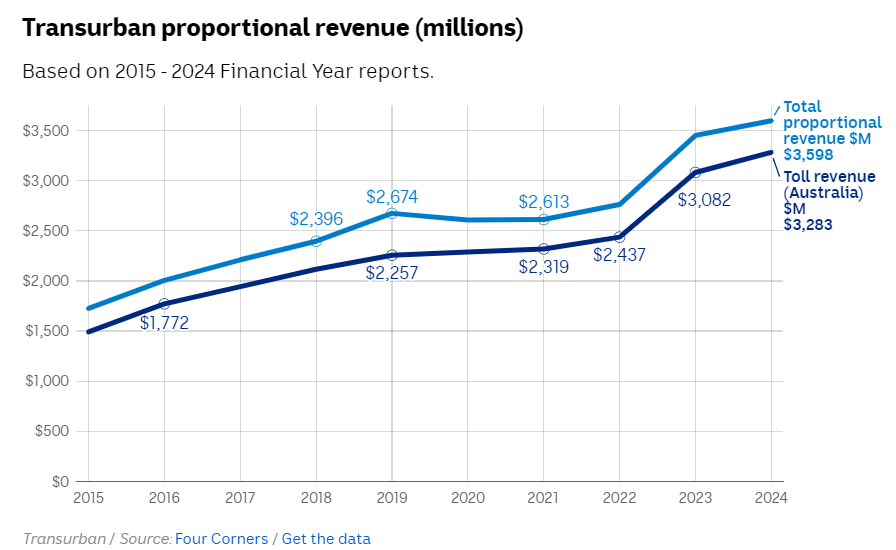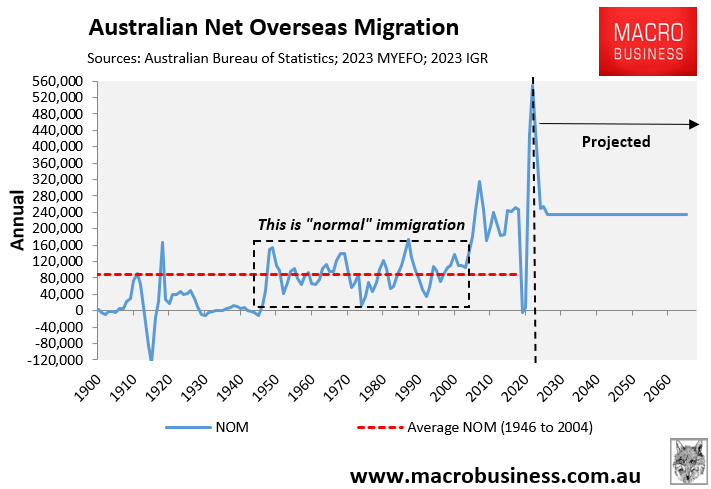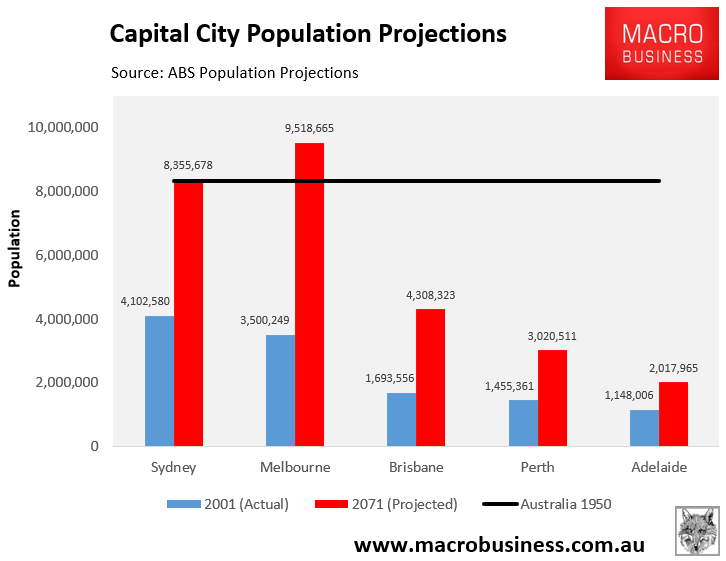Former ACCC chairman Allan Fels and transport expert David Cousins released a report earlier in the year complaining about Transurban’s exploitation of Sydney motorists. The report also called for the NSW government to retake control of the state’s toll roads.
Transurban owns 11 of New South Wales’ 13 toll roads, each negotiated under a separate contract and with varied price increases.
According to the Fels and Cousins analysis, NSW motorists will spend more than $123 billion in tolls over the next 37 years.
Transurban’s WestConnex motorway would account for more than half of that figure, generating $61 billion in tolls by 2060. This is more than triple the project’s cost of $21 billion.
Tolls need a big shake-up, no holds barred, and the NSW government needs to take back control of tolls”, professor Fels said.
“Transurban has a monopoly, and there’s been insufficient focus on competition in toll setting”.
“The public interest factor needs to be injected”.
“Transurban would like the system to continue forever, but they need a social licence, and that social licence is diminishing quite heavily because the public does not like the very high prices, and governments will have to step in and do something”, he said.
Transurban operates 18 of Australia’s 22 toll roads.
The company has commercial contracts that allow for toll hikes equal to or greater than CPI inflation (see here for details). Therefore, Transurban is benefiting directly from the cost-of-living crisis alongside the explosive growth in Australia’s population.

A new ABC investigation reveals how Australian drivers pay billions of dollars yearly on major Transurban-operated roads, and the costs will keep rising.
Sydney is the nation’s most tolled city, with 150 kilometres of toll roads. Transurban operates 11 of the 13 toll roads in Sydney.
“In Sydney’s south, Wollondilly residents who drive to the city every workday can spend about 17% of their average income on tolls”, the ABC reports.
“Motorists travelling from the Hills District to the city every workday can spend about 11% of their average income on tolls”.
Six-toll roads operate in Brisbane, and they are all owned by Transurban. Melbourne drivers are also slugged.
The ABC explains how Transurban will rake it in from escalating toll fees:
“Prices on Transurban’s roads in Sydney, Melbourne and Brisbane are guaranteed to rise during periods of high inflation because they are pegged to the consumer price index”.
“Even when inflation is low, Transurban enjoys locked-in annual price increases of 4% for most of its roads, secured by decades-long contracts with state governments”.
Using the current cost of tolls from destinations 20 kilometres away from three capital city airports, the ABC estimated the following projected toll increases:
- An $11.78 toll from Parramatta to Mascot will double to $25.82 by 2045.
- To drive from Oxley, in Brisbane’s south-west, motorists face two tolls to the airport, which cost $13.05. They will have a combined total of $21.64 by 2040.
- The Richmond to Tullamarine route, which costs $11.63, will increase by as much as $10.66 in the next two decades.
Transurban’s most recent financial statements show that toll roads generated $3.2 billion in income in 2023-24, up over a billion dollars from two years ago:

The New South Wales, Queensland, and Victorian governments foolishly agreed to the terms when structuring the toll road contracts to clear their books of capital expenditures and debt.
In the process, they endorsed the creation of a private monopoly over crucial road routes.
Moreover, these toll roads were only built in the first place to accommodate the federal government’s mass immigration policy.
In fact, Transurban’s entire business model is based on privatising the benefits of high immigration while shifting the costs to everyone else through private taxation.
Here is how the process works:
- The major capital cities are crush-loaded with new migrants, causing transport to become chronically congested and necessitating the construction of more roads.
- Toll roads are built through public-private partnerships, charging exorbitant user fees to the resident population.
- Residents’ living standards deteriorate because all the government has done is tax them to move about when they were doing so for free before the mass importation of people.
- Politicians claim to be competent economic managers since aggregate GDP rises. They then take credit for easing congestion via new road projects (which were only required because of population growth).
- Transurban and its foreign investors get richer, while residents become poorer.
- Rinse, repeat.
Twenty years of foolish government policies regarding immigration and privatisation have brought us to this place. The damage is done. It is too late to complain about it now.
Given that high levels of immigration are projected to continue indefinitely, traffic on Transurban’s toll roads and earnings will forever increase.

State governments will also be pushed to build additional toll roads to keep pace with their ballooning populations, resulting in increased private taxation of residents.
Perhaps Alan Fels and David Cousins should speak out against increased immigration and the transformation of Australia into megacities.

If our major cities continue to balloon, more toll roads will be built and residents will be fleeced.
The mass immigration ‘Big Australia’ policy is specifically designed to enrich companies like Transurban at the expense of incumbent residents.

